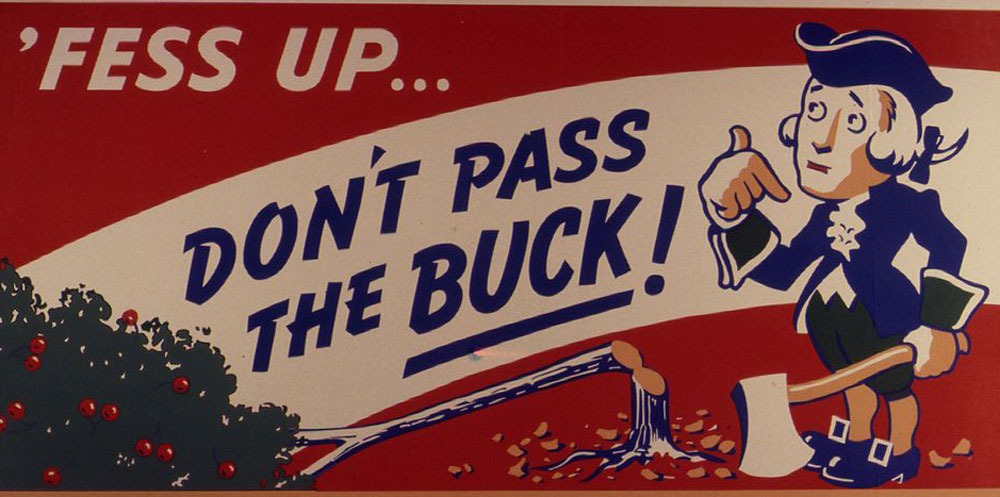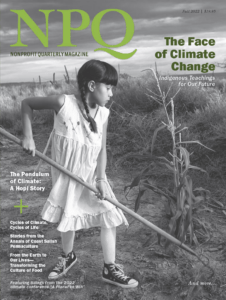
March 4, 2020; Grist
Never let it be said that corporate America dislikes socialism, at least not if socialism benefits them. (Remember the Great Recession bank bailouts, anyone?) Now, in the latest instance, meet the insurance industry.
Climate risk is rising; if you are an insurer, that additional risk can mean bankruptcy—that is, unless you shift responsibility for payment to someone else, like the taxpayer. As Naveena Sadasivam explains in Grist, “as investors, bankers, and others in finance accept that they must rethink how they operate, some insurance companies and lenders are responding by reducing their risks to flooding, wildfires, and other natural disasters. It’s a shift likely to put a bigger burden on state and federal governments and—ultimately—taxpayers when disaster hits.”
Or as Lauren Compere, a managing director who directs shareowner engagement at Boston Common Asset Management, a firm specializing in socially responsible investment, puts it, “It’s not that the risk has been mitigated. The risk doesn’t go away. They’ve just shifted it to another actor in the financial system.”
The likely future public bill? It is hard to be sure, but the costs could easily climb into the hundreds of billions of dollars. These costs are not in the least theoretical. In 2017, for example, insured losses in the US totaled $105 billion, an admittedly high-loss year marked by Hurricanes Harvey, Irma, and Maria. But the climate crisis makes such “exceptional” years more likely. “In the last decade, payouts tied to natural disasters averaged $31 billion a year, compared to $19 billion the previous decade,” notes Sadasivam.
Sue Reid, vice president of climate and energy at Ceres, a nonprofit advocating for sustainable practices in the business world, notes that with a 4-degree temperature increase “if not well before, you’re at an uninsurable world.”
Sign up for our free newsletters
Subscribe to NPQ's newsletters to have our top stories delivered directly to your inbox.
By signing up, you agree to our privacy policy and terms of use, and to receive messages from NPQ and our partners.
Last year, Amine Ouazad, a University of Montréal economist, and Matthew Kahn, an economist at Johns Hopkins University, published a working paper on lenders’ responses to higher mortgage default risks in US coastal areas hit by hurricanes causing more than $1 billion in damage. It turns out that the federal government, through its government-sponsored enterprises Fannie Mae and Freddie Mac, only insures home loans up to $510,000.
And well, guess what? Ouazad and Kahn found that, after a major hurricane, lenders sold fewer loans above that $510,000 in areas with high-flood risk. But they kept selling loans below the limit and securitized a larger share to Fannie and Freddie.
“Lenders are transferring flood risk to entities that are essentially backed by the US taxpayer, which should be concerning,” Ouazad observes.
Meanwhile, mortgage lending risk is not the only path to offloading industry risk. At the state level, as private insurers become more reticent to underwrite policies, more and more state governments have gone into the homeowners’ insurance business, socializing property loss risk. In Florida, the state-backed Citizens Property Insurance is already the state’s second-largest home insurance company. Sadasivam notes that Florida is not alone. Indeed, about 30 states have an insurance program of last resort for homeowners unable to buy insurance on the private market. In 1990, about 780,000 families had state homeowners’ insurance policies. By 2014, 2.1 million families did.
A 2016 report by the Insurance Information Institute (III) observes that “many state-run residual property insurers have morphed from markets of last resort to become major insurance providers in their states.” Demand for the programs is high, note former III president Bob Hartwig and coauthor Claire Wilkinson, because state insurers tend to offer cheaper, subsidized rates, with private reinsurance money and government funding covering the growing gap between premium income and payout losses.
The report authors add, “As long as the plans continue to be major insurance providers of the properties most exposed to hurricane risk in the United States and their coverage remains underpriced, state finances will remain under threat. And policyholders, and ultimately taxpayers, many of whom live nowhere near the coast, will continue to face the prospect of increased assessments in the years ahead.”












